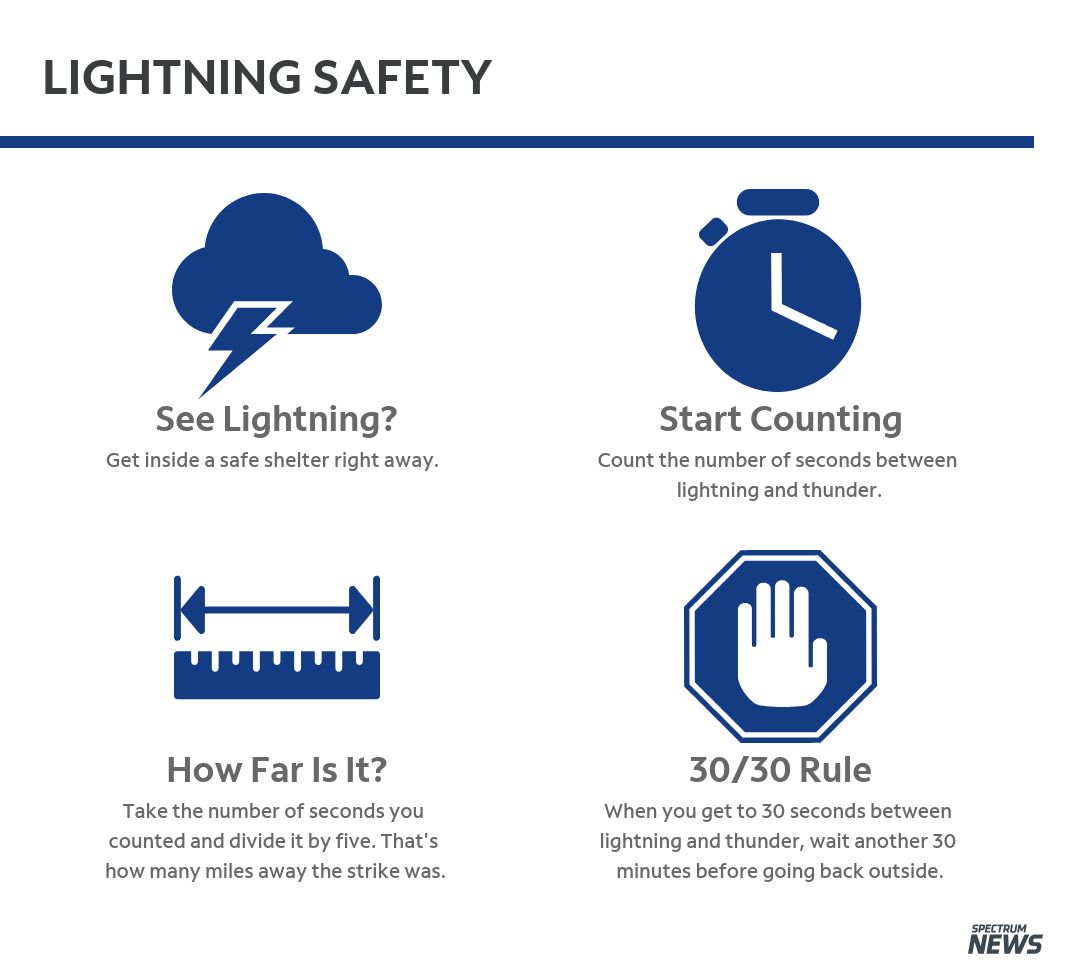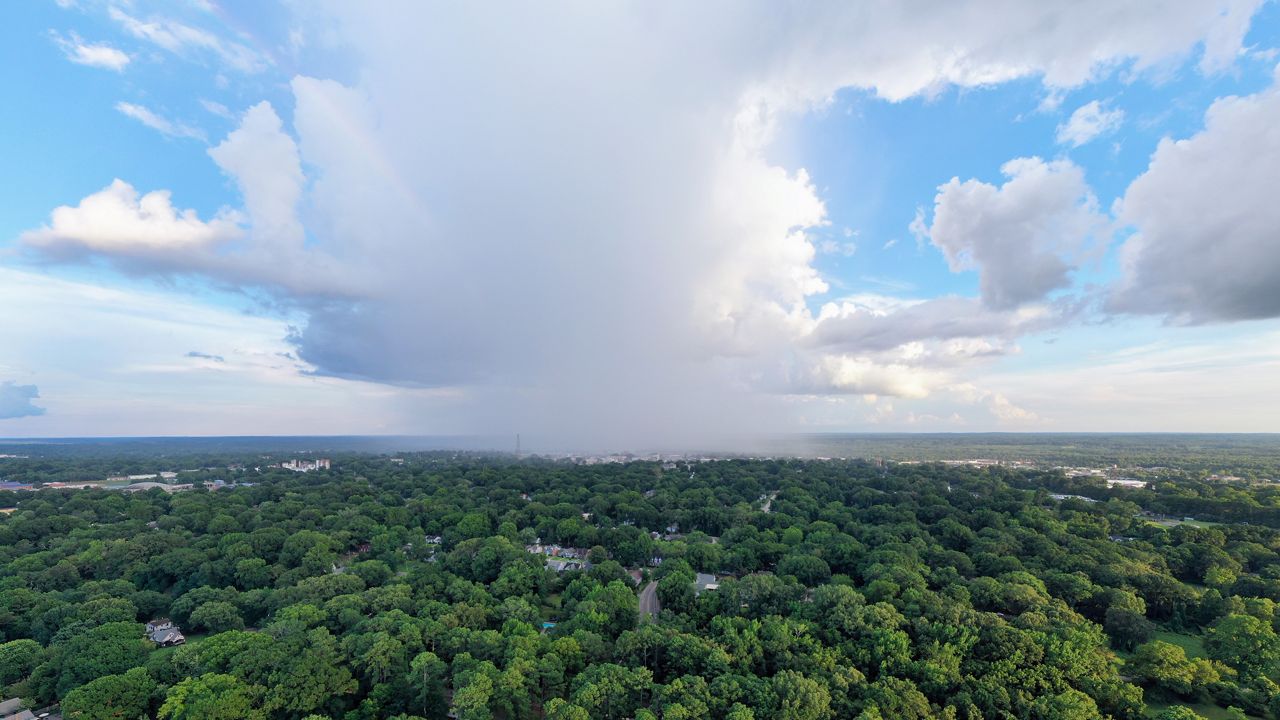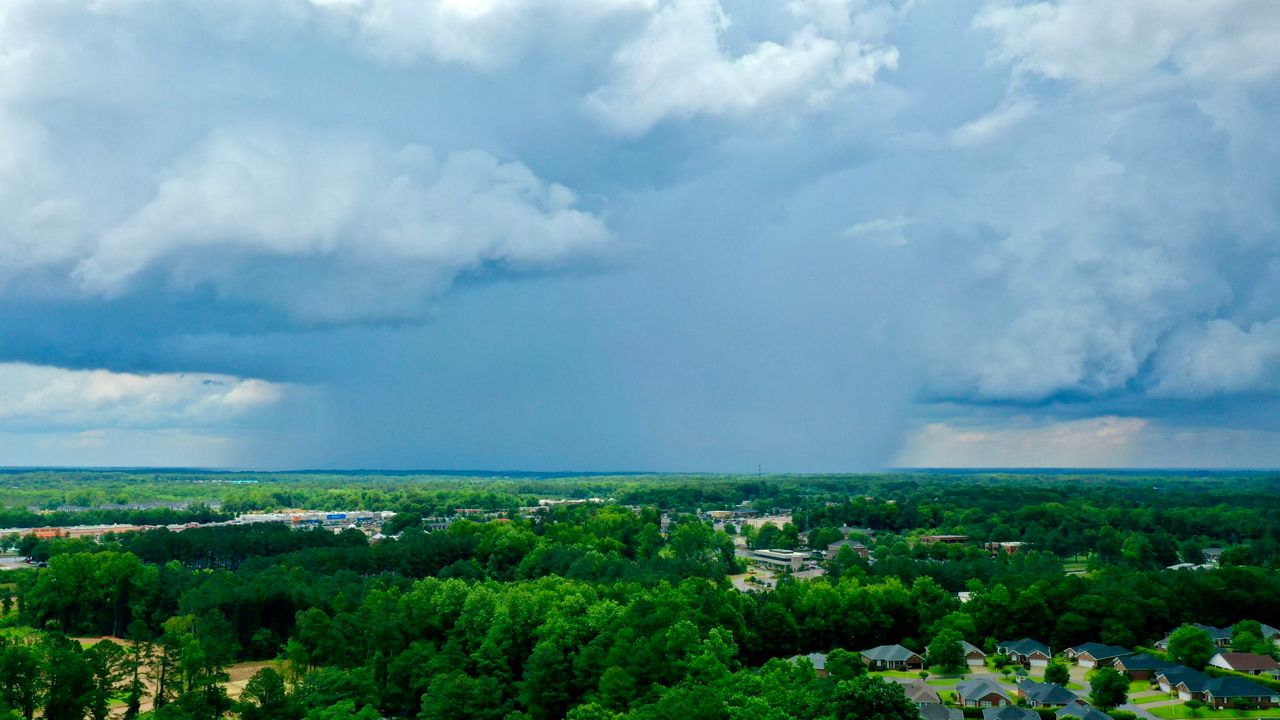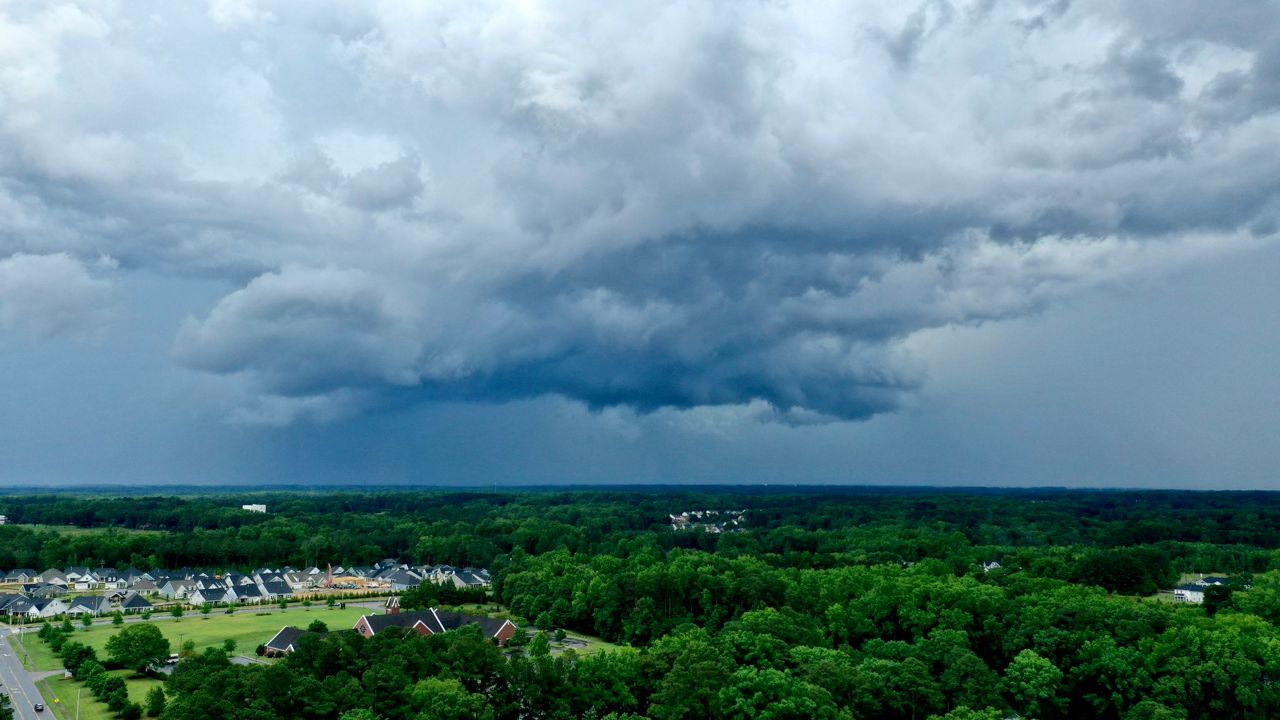Lightning has now claimed six lives this summer in the U.S. It shouldn’t come as much of a surprise that we see the most lightning fatalities during the summer months, when afternoon storms are common. The key is to not be caught off guard.
Think of thunder as nature’s warning sign. If you hear thunder, you are close enough to be struck by lightning.
Lightning struck and killed a hiker in California last Friday while reportedly taking shelter under a tree. The best thing you can do is check the forecast and have a plan if storms are possible.
If you are outside at a park or hiking and hear thunder, try and find a shelter with four walls and a roof. A vehicle is also a safe place. Under a tree, in a tent, or under a picnic shelter are not safe places.
Three of the six deaths so far this year have been at a beach, two in Florida and one in Georgia.
If you are at the beach or pool and hear thunder, immediately get out of the water and move to a vehicle or building with four walls and a roof. Under a lifeguard stand is not safe.
It is not safe to lie flat on the ground. According to the National Weather Service, a lightning bolt can be fatal up to 100 feet away from the point of strike.

The last lightning fatalities in North Carolina occurred on August 5, 2020, when lightning struck two men in Wilmington. They were reportedly cutting up tree limbs following Hurricane Isaias.
The United States averages 25 lightning deaths annually. Twenty North Carolinians have died from lightning strikes since 2006.






_Cropped)


